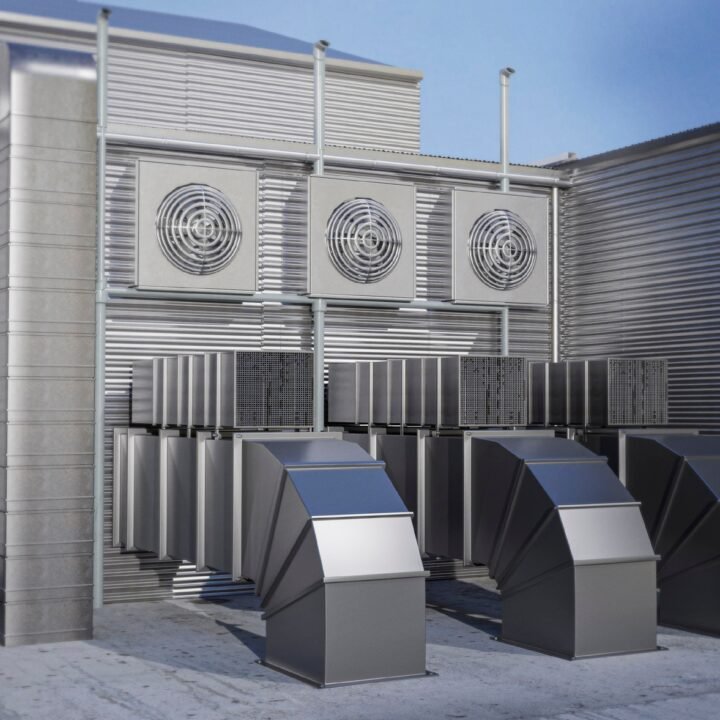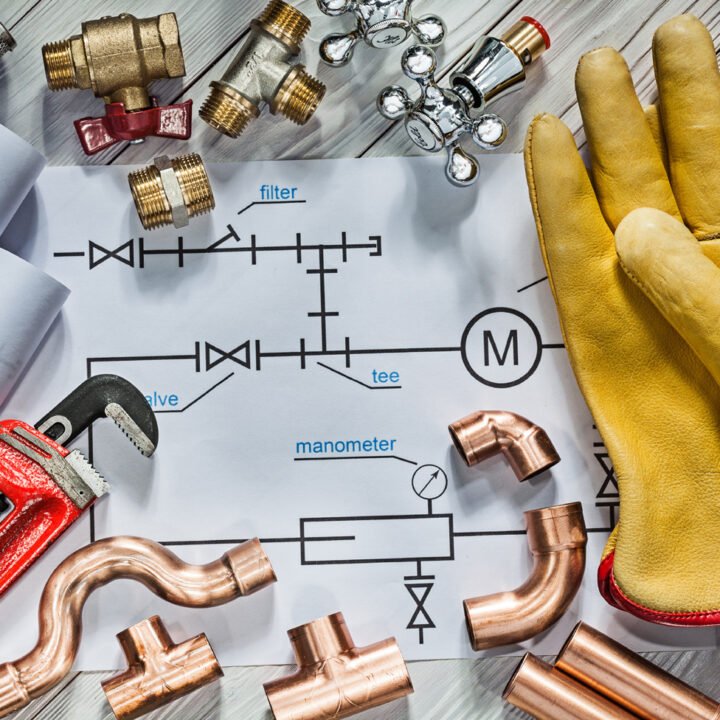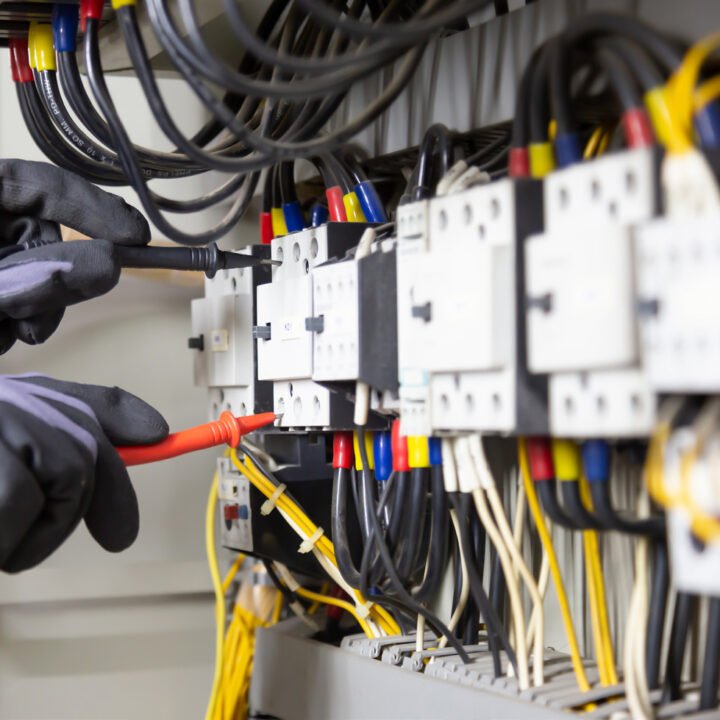HVAC (Heating, Ventilation, and Air Conditioning) engineering services involve the design, installation, maintenance, and repair of HVAC systems in buildings. HVAC systems are essential for creating a comfortable indoor environment by regulating temperature, humidity, and air quality.
HVAC engineering services typically include:
Design and installation of HVAC systems: HVAC engineers work with architects, builders, and other stakeholders to design HVAC systems that meet the specific needs of the building. They select the appropriate heating, cooling, and ventilation equipment and design the ductwork and piping necessary to distribute air throughout the building.
Energy efficiency and sustainability: HVAC engineers are responsible for ensuring that the HVAC systems they design are energy efficient and sustainable. This includes selecting energy-efficient equipment and optimizing the system’s performance to minimize energy consumption and reduce the building’s environmental impact.
Maintenance and repair: HVAC systems require regular maintenance to ensure they operate efficiently and effectively. HVAC engineers provide maintenance services such as cleaning, filter replacement, and system inspections. They also diagnose and repair system malfunctions.
Indoor air quality: HVAC engineers play a critical role in maintaining the indoor air quality of buildings. They design and install ventilation systems that bring fresh air into the building while filtering out pollutants and contaminants.
Compliance with regulations and codes: HVAC engineers must ensure that the systems they design and install comply with building codes, safety regulations, and environmental standards.
Design in Details
In design, we bring characteristics of the natural world into built spaces, such as water, greenery, and natural light, or elements like wood and stone. Encouraging the use of natural systems and processes in design allows for exposure to nature, and in turn, these design approaches improve health and wellbeing. There are a number of possible benefits, including reduced heart rate variability and pulse rates, decreased blood pressure, and increased activity in our nervous systems, to name a few.
Over time, our connections to the natural world diverged in parallel with technological developments. Advances in the 19th and 20th centuries fundamentally changed how people interact with nature. Sheltered from the elements, we spent more and more time indoors. Today, the majority of people spend almost 80-90% of their time indoors, moving between their homes and workplaces. As interior designers embrace biophilia.
[30m2]
bedroom
[22m2]
bathroom
[28m2]
workspace
[15m2]
kitchen area
Incredible Result
Establishing multi-sensory experiences, we can design interiors that resonate across ages and demographics. These rooms and spaces connects us to nature as a proven way to inspire us, boost our productivity, and create greater well-being. Beyond these benefits, by reducing stress and enhancing creativity, we can also expedite healing. In our increasingly urbanized cities, biophilia advocates a more humanistic approach to design. The result is biophilic interiors that celebrate how we live, work and learn with nature. The term translates to ‘the love of living things’ in ancient Greek (philia = the love of / inclination towards), and was used by German-born American psychoanalyst Erich Fromm in The Anatomy of Human Destru ctiveness (1973).









